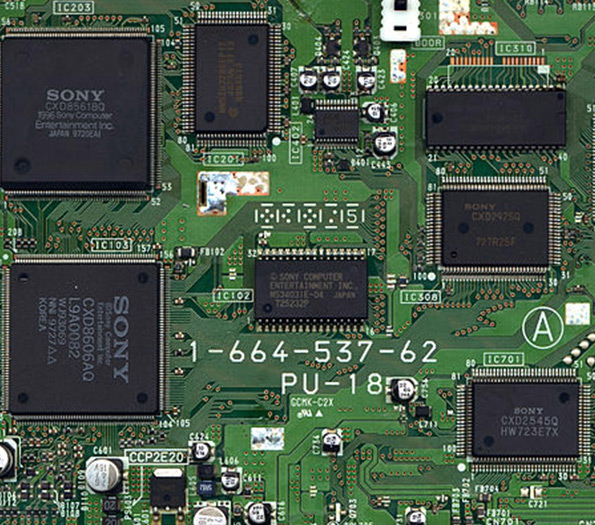

Understanding Soft Coat Low-E Glass Benefits and Applications
Soft coat low-emissivity (Low-E) glass is a groundbreaking product in the glass industry, designed to enhance energy efficiency in residential and commercial buildings. This specialized glass is coated with a microscopically thin layer of metal oxide, which significantly reduces heat transfer while allowing natural light to enter. It is essential to understand the benefits of soft coat Low-E glass and its various applications in modern architecture.
Understanding Soft Coat Low-E Glass Benefits and Applications
In addition to energy efficiency, soft coat Low-E glass offers superior UV protection. The coating effectively blocks up to 99% of harmful ultraviolet rays, which can cause fading of furniture, artwork, and flooring. This feature is particularly beneficial for homeowners and businesses looking to protect their investments from sun damage.

Soft coat Low-E glass is versatile in its applications. It is commonly used in residential windows, skylights, and patio doors. In commercial settings, this glass can be found in storefronts, office buildings, and curtain wall systems. Its aesthetic quality is also noteworthy; soft coat Low-E glass has a neutral appearance that can seamlessly integrate into various architectural styles.
Another major benefit of soft coat Low-E glass is its environmental impact. By improving energy efficiency, this glass helps in reducing greenhouse gas emissions associated with heating and cooling. As more consumers and builders prioritize sustainable practices, soft coat Low-E glass serves as an essential component in creating eco-friendly buildings.
Furthermore, advancements in glazing technology have made soft coat Low-E glass more accessible and cost-effective. With the ongoing push for sustainability in construction, this glass is becoming the standard in new builds and renovations alike.
In summary, soft coat low-emissivity glass is a vital innovation that enhances energy efficiency, protects interiors, and contributes to sustainability. As the demand for eco-friendly building materials continues to rise, this remarkable glass is well-positioned to play a crucial role in the architecture of the future.